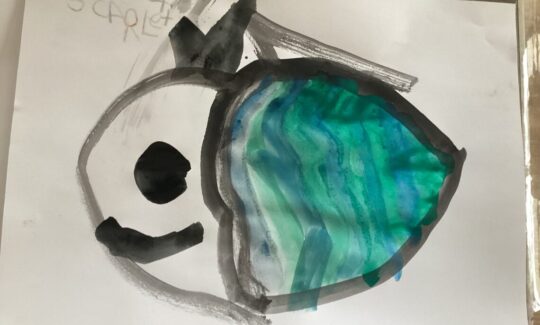Exploring the Benefits of Sensory Play for Children
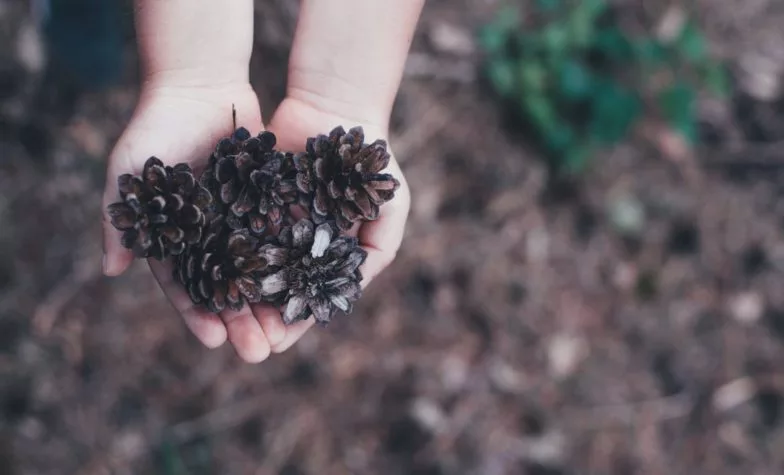

Article written by our Only About Children Children’s Services Curriculum Advisor, Jenny Kable. Jenny is also a popular Early Childhood blogger with her over 200k Facebook fans on Let Children Play.
Exploring our everyday world
Squish, squelch, spin, splash, squeeze, bang, run, scoop, shake, drop, smear, toss, spray, and ooze – toddlers absolutely delight in exploring their world through their senses. It sounds (and can be!) messy, so you may often be inclined to cut this type of play short. But in fact, sensory play – play that stimulates any of a child’s senses – has an important role in a child’s health and development. Through it, your child builds cognitive skills and learns about their world.
What is Sensory Play?
In essence, sensory play includes play that engages any of your child’s senses. This includes touch, smell, sight, sound and taste. But it also covers movement, balance, and spatial awareness. When a child is born, their senses aren’t fully developed. They only mature over time as babies, toddlers, and preschoolers explore the sensory world around them. Each new experience they have with a different sense builds nerve connections that grow the architecture of their brain.
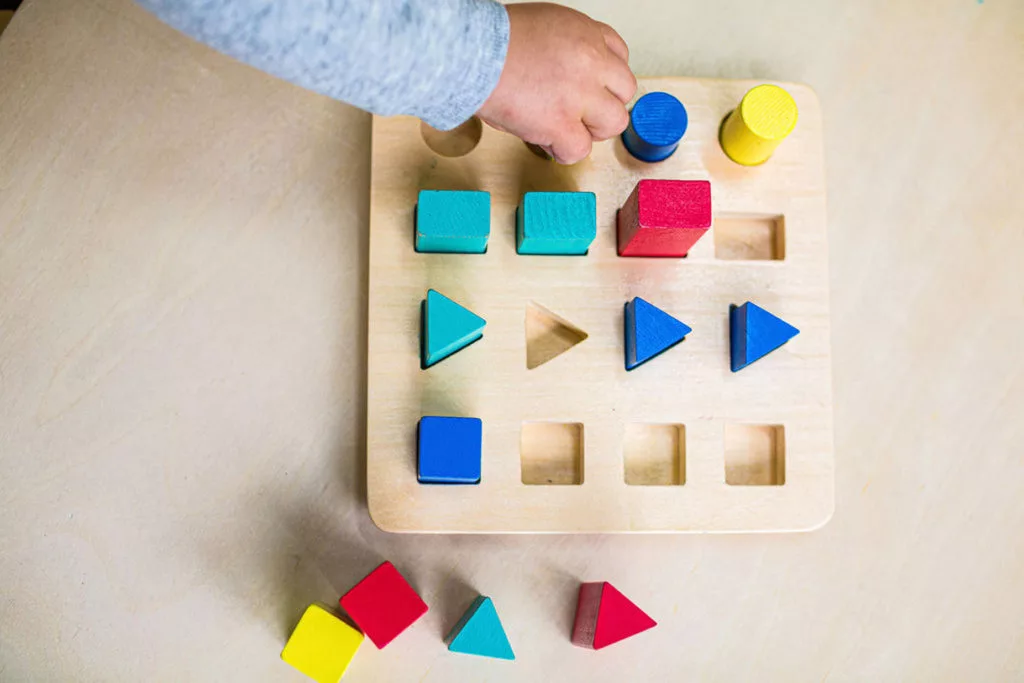
Benefits of Sensory Play for Babies
Babies learn and develop new connections in their brain through play. Sensory play also helps babies to learn more about the world around them and supports language development as they learn to respond to different stimuli. Babies can enjoy simple sensory play such as touching different objects and surfaces and hearing how different materials create varied sounds.
Benefits of Sensory Play for Toddlers
Toddlers are usually developing their thinking abilities and will start trying to do things for themselves. They are learning about concepts, like time and opposites, so activities that compare light and dark, and sorting colours, will encourage toddlers in their exploration.
Benefits of Sensory Play for Preschoolers
Preschoolers will often be exploring more independently and further developing language. Playing with musical instruments, and creating and building different shapes with various objects and materials, will further encourage these developments.
Overall Benefits of Sensory Play
Sensory play encourages learning through exploration, curiosity, problem solving and creativity. It helps to build nerve connections in the brain and encourages the development of language and motor skills. There are many benefits that may go unnoticed, such as the development of abilities to focus and block out distractions.
Sensory play is an important part of childhood and, within reason, there are really no limits to what you can use in sensory activities. Nature can often be your best friend when it comes to sensory play!
What are the Characteristics of Sensory Play?
The different characteristics of sensory play align to the five common senses, along with two additional senses related to balance and proprioception (the perception or awareness of the position and movement of the body).
1. Tactile Play
This is probably the type of play you’re most likely to think of when we talk about sensory play. Any time you see children exploring an object with their hands, they’re using tactile play. From tactile play, children can learn about pressure, temperature, vibrations, and so much more.
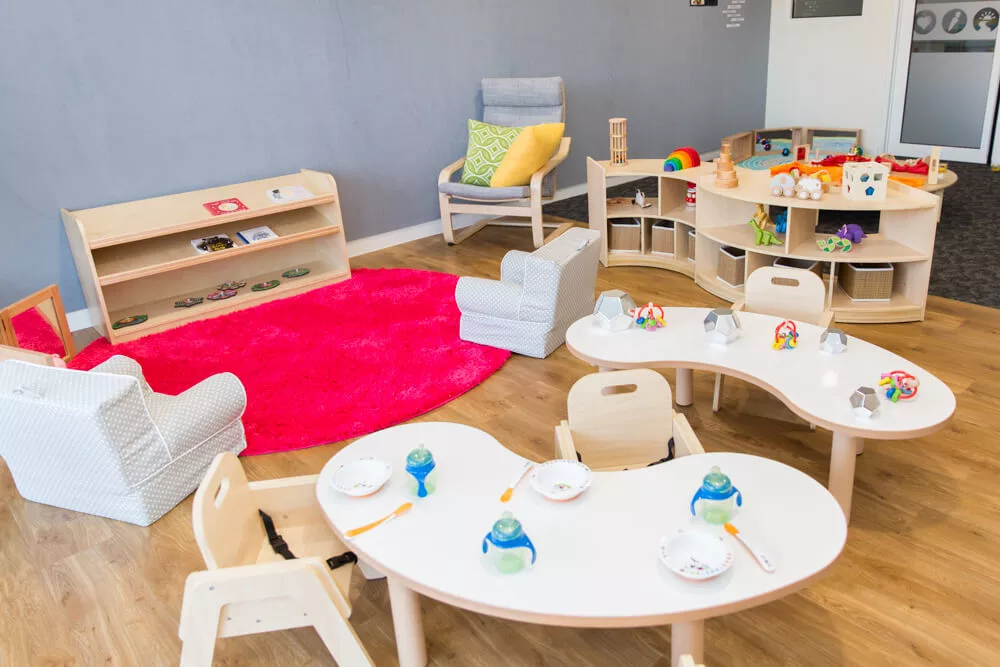
2. Vestibular Sensory Play
Rolling around, hanging, swinging, and jumping can all contribute to your child’s development of balance. This is because the sense of balance and movement comes from the vestibular system, which is located in the inner ear. Getting a child’s head into as many different positions as possible helps strengthen the vestibular system by activating various receptors in the ear.
3. Proprioception Sensory Play
Think of how you’re able to move your arms and legs freely without needing to look at them. That’s thanks to proprioception. Pushing, pulling, and jumping all help your child develop spatial awareness of their body. Through proprioception, children learn where they are physically in space and how their limbs relate to the rest of their body.
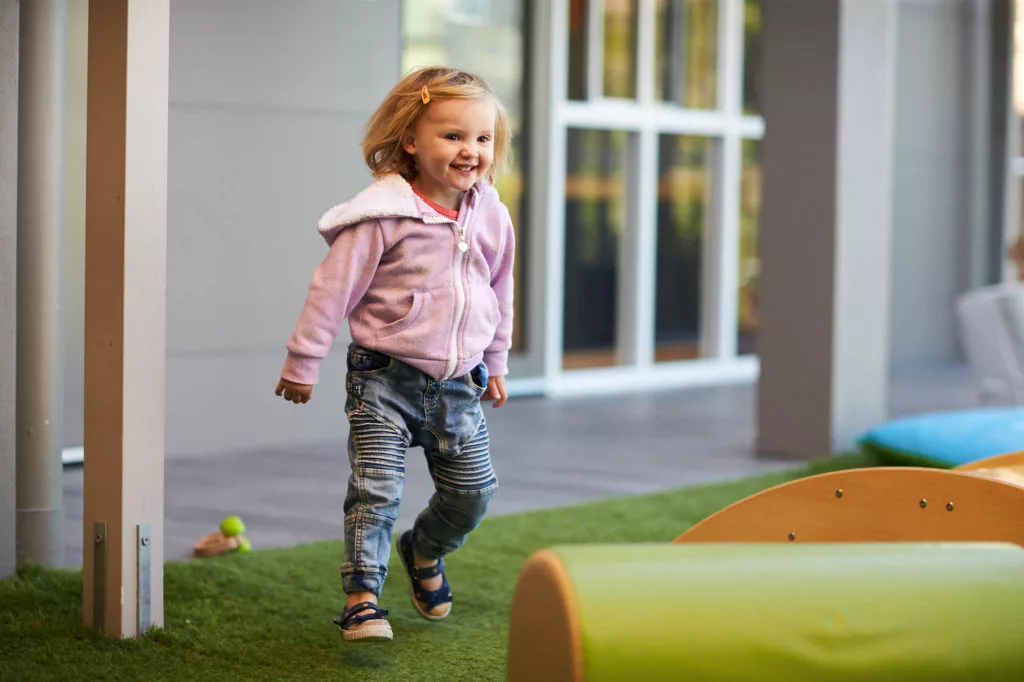
4. Auditory Sensory Play
Bang, boom, clash! It might not be your favourite type of play, but auditory play helps your child differentiate sounds and develop their hearing. Give your child a wooden spoon and a saucepan and you’ll see how they explore sound through play. Disclaimer: this might not be so kind on your nerves.
5. Visual Sensory Play
The Visual Sensory system is closely connected to the Auditory and Vestibular systems. Visual play helps to develop your child’s vision and sight. Think of how your child watches the “airplane spoon” as you fly it into their mouth. Playing with, and identifying, colours and patterns is a fun and engaging way to encourage Visual sensory play.
6. Olfactory and Taste Sensory Play
Olfactory relates to the sense of smell. It is also directly related to taste. It’s harder to gauge when a child is using their sense of smell and taste, but obvious examples include when they smell flowers or test the taste of their brand new building blocks. Children can develop these senses through games that encourage the exploration of smell and taste.

Theorists
Jean Piaget is somewhat of a celebrity when it comes to developmental psychology. He was perhaps the first theorist of sensory play, suggesting that there was more to “play” than we understood. His theory of play (also known as developmental stage theory) states that play involves a systematic process of learning that can even be identified by stages. Piaget proposed that children need environmental stimuli and experiences to guide their cognitive development. Through sensory play, he suggested that children digest new knowledge and store it for later reference. In essence, he argued that this type of play was key to a child’s brain development.
Play at Only About Children
We love play and learning through play! Play-based learning is an integral part of our daily curriculum and we have some great reading available on the topic. For more insights, have a look through the following articles:
Enjoy the Benefits of Outdoor Play, Whatever the Weather
Or explore our Discover & Learn category.
Only About Children can help your child to grow, make friends and explore the world.
Only About Children can help your child to grow, make friends and explore the world.
Related Reads
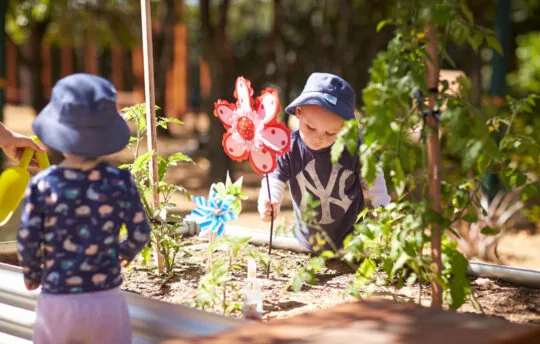
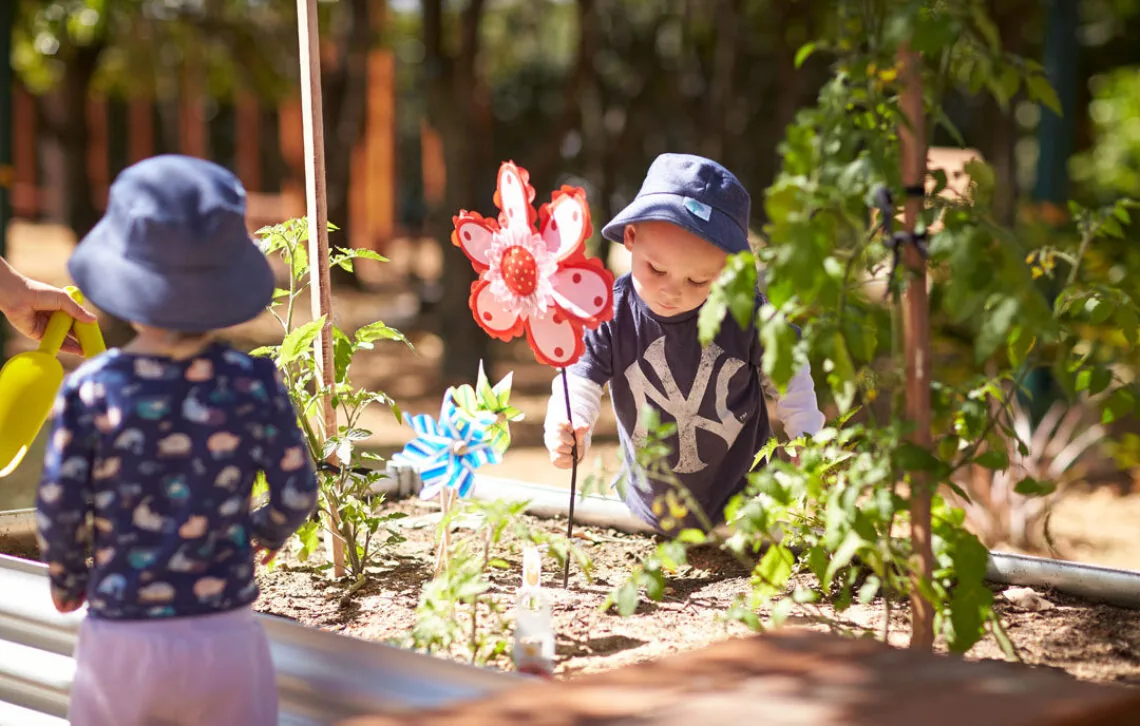
Choosing The Right Preschool/Kindergarten For Your Child
Choosing the right Preschool/Kindergarten for you child can be a daunting task. When exploring the ideal preschool choices for your child, there is no need to navigate blindly. Simply by asking the right questions, you can find the perfect match.

Picnic Fun and Family Connections at OAC Mernda
Our OAC Mernda community came together for International Picnic Day, enjoying a fun-filled afternoon of connection, conversation and belonging.